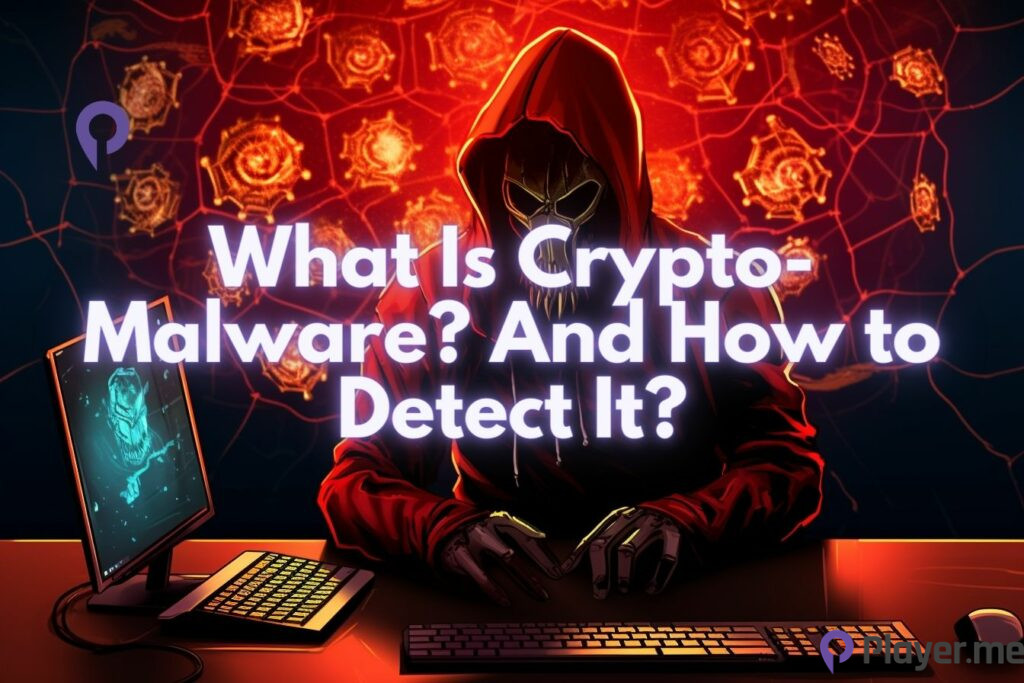As the digital world continues to evolve, so does the sophistication of cyber threats. Among these, crypto-malware has emerged as a silent predator, lurking in the shadows of your digital life.
It’s a digital pickpocket, a silent burglar, and a relentless spy all rolled into one. But what exactly is crypto-malware? And more importantly, how can you detect and protect yourself from it? Let’s delve into the world of crypto-malware and arm ourselves with the knowledge to combat it.
Related: 3 Crypto Scams That Could Cost You Thousands
Understanding Crypto-Malware
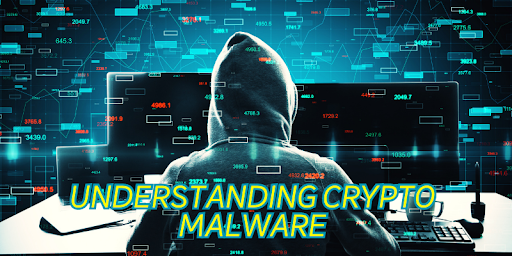
Crypto-malware is malicious software designed to infiltrate your computer or device, gaining access to your digital wallets or cryptocurrency exchange accounts. Once inside, it can transfer your cryptocurrency to the attacker’s account, steal your private keys or passwords, or even encrypt your files and demand a ransom. The primary goal? To steal your cryptocurrency and leave you none the wiser.
Read More: 10 Best Crypto-Staking Platforms: A Curated List for 2023
How Crypto-Malware Operates
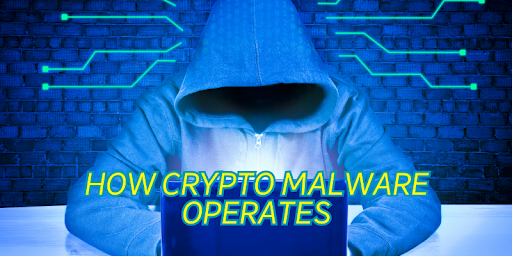
Crypto-malware can infiltrate your device through various means. Phishing emails or links are common methods where cyber-criminals send emails or create seemingly legitimate websites that contain links to malware-infected files or websites. Clicking on these links results in the malware being downloaded onto your device.
Software vulnerabilities present another avenue for crypto-malware to infect your device. Cyber-criminals exploit weaknesses in software programs to gain access to your device and install malware. This highlights the importance of keeping your software up-to-date with the latest security patches and updates.
2 Types of Crypto-Malware
#1. Ransomware: The Digital Kidnapper
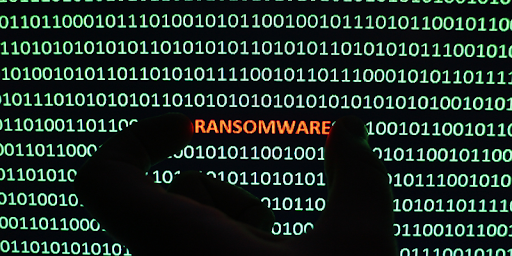
Ransomware is a type of crypto-malware that encrypts the victim’s files and demands a ransom, typically in cryptocurrency, to decrypt them. The ransom demand is often displayed in a pop-up window or a text file. One of the most notorious examples of ransomware is the WannaCry ransomware attack, which affected hundreds of thousands of computers worldwide in 2017 and demanded payment in Bitcoin (BTC).
#2. Mining Malware: The Silent Miner
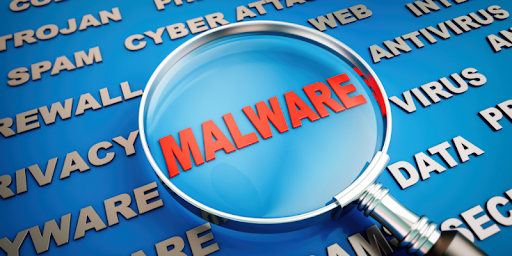
Another prevalent type of crypto-malware is mining malware. This type of malware uses your computer or device to mine cryptocurrency without your knowledge or consent. This unauthorised use of resources can slow down your device, cause it to overheat, and potentially damage hardware.
Also Read: Top 10 Crypto Mining Software
6 Ways to Detecting Crypto-Malware
Detecting crypto-malware can be a challenging task due to its stealthy nature. However, understanding the common signs of an infection can help you identify a potential threat before it causes significant damage. Here are some key indicators and methods to detect crypto-malware.
#1. Unusual System Performance
Crypto-malware, particularly crypto-mining malware, can significantly impact your device’s performance. It uses your device’s processing power to mine cryptocurrencies, leading to noticeable slowdowns, frequent crashes, and even hardware damage due to overheating. If your device suddenly performs poorly or overheats without a clear reason, it might be a sign of crypto-malware.
#2. Unexpected Network Traffic
Crypto-malware often communicates with a command and control server to receive instructions or to send stolen data. This communication can result in unexpected network traffic. It could be a sign of crypto-malware if you notice an unusual increase in data usage or unexpected outbound connections, especially to unknown or suspicious IP addresses.
#3. Unusual File Changes
Certain types of crypto-malware, like ransomware, can cause unusual file changes. Ransomware encrypts your files and may change their extensions. If you find that you can’t open your files, or they have been renamed, or their extensions have been changed, it could be a sign of a ransomware infection.
#4. Increased Electricity Usage
Crypto-mining malware can cause an increase in electricity usage. Mining cryptocurrencies require significant computational power, which in turn uses more electricity. If you notice a sudden spike in your electricity bill and there’s no other explanation, it could be due to crypto-mining malware.
#5. Using Antivirus or Anti-Malware Tools
Reputable antivirus or anti-malware tools can help detect and remove crypto-malware. These tools have databases of known malware and use various techniques to detect threats, including signature-based detection, heuristic analysis, and behaviour monitoring. Regularly scanning your device with these tools can help detect crypto-malware.
#6. Analysing System Logs
System logs can provide clues about crypto-malware. Unusual entries such as attempts to access certain files, changes in system settings, or connections to suspicious IP addresses can indicate a malware infection. However, analysing system logs requires technical expertise and may not be feasible for all users.
Guarding Against Crypto-Malware
Protecting yourself from crypto-malware involves several steps:
- Firstly, always keep your software up-to-date with the latest security patches and updates. This can help prevent cyber-criminals from exploiting software vulnerabilities.
- Next, be cautious of unsolicited emails or links. Always verify the sender and check the URL before clicking links or downloading files. If you are unsure about the legitimacy of an email or website, do not click on any links or download any files.
- Besides, use strong and unique passwords for all your digital wallets and exchange accounts. This can help prevent cyber-criminals from guessing your password and gaining access to your account.
- Lastly, use a reputable antivirus software program and enable two-factor authentication on all of your digital wallets and exchange accounts. Two-factor authentication adds an extra layer of security by requiring a second form of authentication, such as a text message, code, or fingerprint, before allowing access to your account.
You Might Also Like: 10 Best Crypto Tools: The Ultimate Checklist for 2023
Frequently Asked Questions
What Should I Do if I Suspect My Device Is Infected with Crypto-Malware?
If you suspect your device is infected with crypto-malware, you should disconnect it from the internet to prevent the malware from communicating with its command and control server. Then, use a reputable antivirus software program to scan your device and remove the malware. If your files have been encrypted by ransomware, you may need to seek professional help to recover them.
Can Antivirus Software Detect All Types of Crypto-Malware?
While antivirus software is crucial in detecting and removing crypto-malware, it may not catch all types. Cyber-criminals are constantly developing new strains and techniques to evade detection. Therefore, keeping your antivirus software up-to-date is essential, and supplement it with safe online practices, such as avoiding suspicious links and using strong, unique passwords.
How Does Crypto-Malware Affect the Performance of My Device?
Crypto-malware, especially crypto-mining malware, can significantly affect the performance of your device. It uses your device’s resources to mine cryptocurrency, which can lead to your device running slower than usual, overheating, or experiencing frequent crashes. If you notice these signs and suspect crypto-malware, running a malware scan with reputable antivirus software is recommended.

